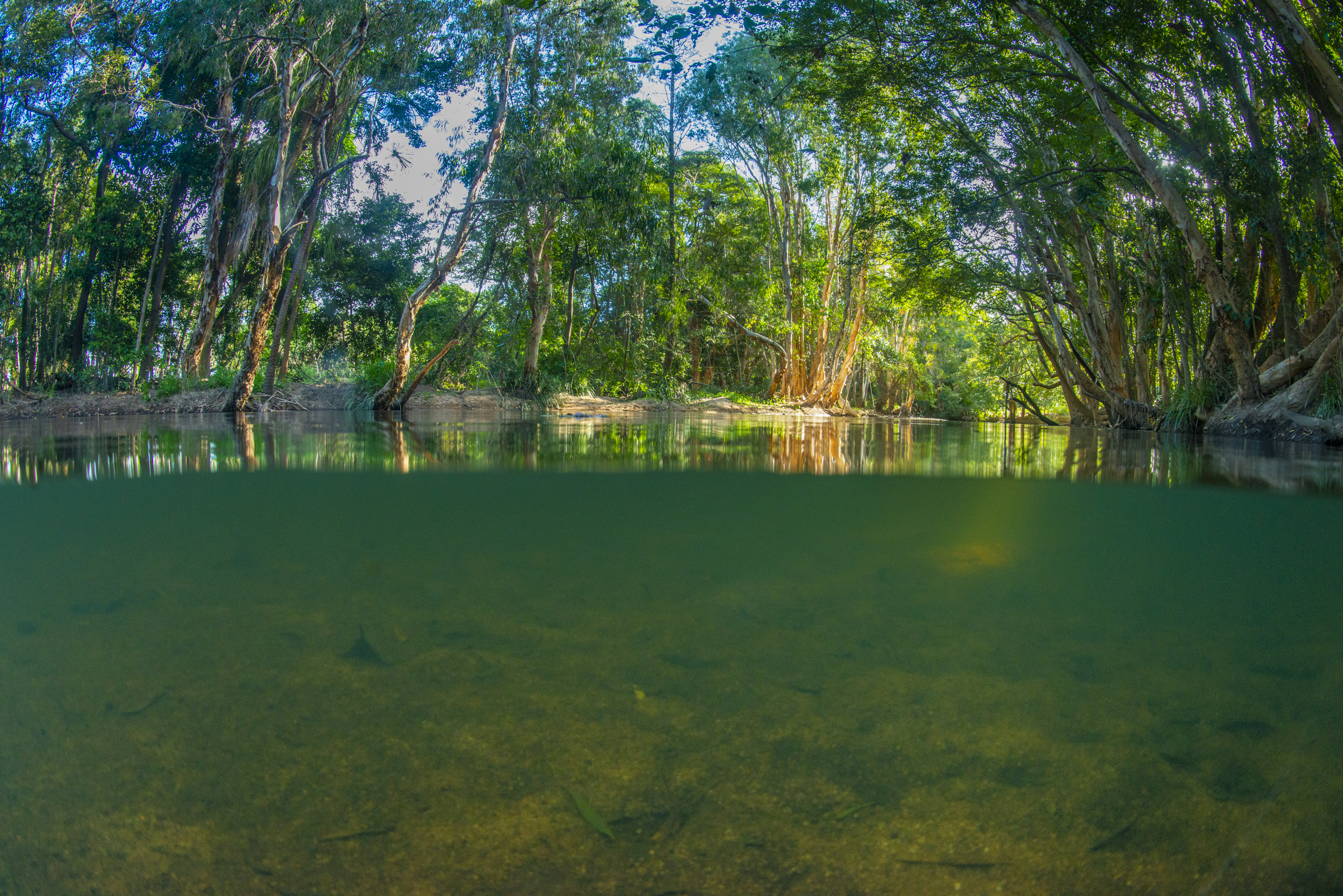|
|
Identify existing and potential threats, pressures and opportunitiesPressures (sometimes called threats) are activities and factors occurring in the environment that drive environmental change. Pressures can result from underlying human activities (drivers) including development and climate, at a variety of scales. Understanding current and emerging pressures will allow for proactive management and minimise risks that the rehabilitation activity will not be effective. Pressures that impact aquatic ecosystems occur across a range of spatial and temporal scales, including at the site-specific and broader system scales and can be direct (e.g. contaminants entering wetlands, grazing in wetlands) or indirect (e.g. loss of connectivity to broader catchment, land use changes in catchment). The pressures may have been recorded as part of the condition assessment conducted during the identification of components, processes and services above. Identifying the current and potential future threats/pressures is key for rehabilitation planning. In Great Barrier Reef Catchments the Gully and Streambank Toolbox can be used to assess erosion potential and sediment loss. Some pressures may not be realised and are therefore referred to as potential pressures (or hazards). For example, there may be a potential pressure of weeds upstream of the site. Understanding this risk may mean that part of the rehabilitation will involve pest removal upstream, to minimise the risk of weeds moving downstream. Rehabilitation may need to account for the potential impacts of larger scale pressures, such as climate change, or land use change. For example, understanding that land use change is planned in the catchment (such as urban expansion), and understanding how this may impact areas planned for rehabilitation, will assist with future planning and maintenance of rehabilitation efforts. Without this in mind, planning for rehabilitation efforts are at risk of being wasted. Severe weather events due to climate change will also impact rehabilitation works, so planning for climate resilience in rehabilitation works is required (e.g. protection from severe storms, planning around extreme heat). More informationLast updated: 18 June 2022 This page should be cited as: Department of Environment, Science and Innovation, Queensland (2022) Identify existing and potential threats, pressures and opportunities, WetlandInfo website, accessed 8 May 2025. Available at: https://wetlandinfo.des.qld.gov.au/wetlands/management/rehabilitation/rehab-process/step-2/threats-pressures.html |

 — Department of the Environment, Tourism, Science and Innovation
— Department of the Environment, Tourism, Science and Innovation


